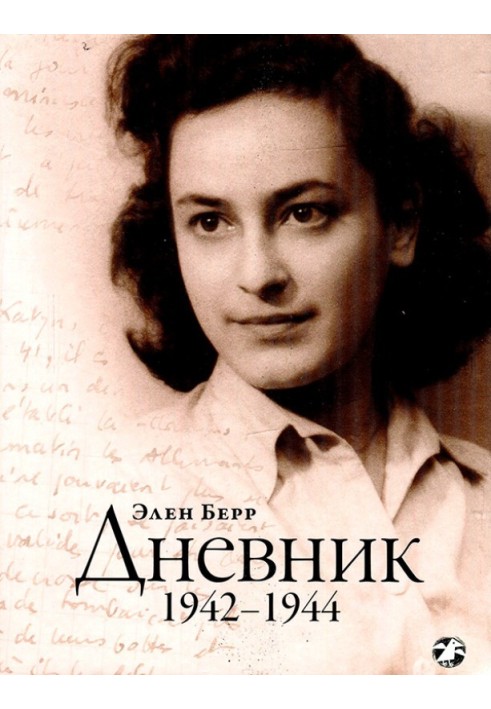Diary
 Instant download
Instant download
after payment (24/7)
 Wide range of formats
Wide range of formats
(for all gadgets)
 Full book
Full book
(including for Apple and Android)
Hélène Burr’s “Diary,” with a foreword by future Nobel laureate Patrick Modiano, was published in France in 2008 and immediately became a literary and social event. Today it has already been translated into thirty languages of the world. Helene Berr began to be called the French Anne Frank. In the spring of 1942, Helene was 21 years old. She studies at the Sorbonne, plays the violin, is surrounded by family and friends, enjoys the book she received as a gift from the poet Paul Valéry, and falls in love. But the day comes when you need to wear a yellow star. Acquaintances disappear. There are alarming rumors about the fate of the deportees. The Burr family can leave to escape, but they remain: to leave means to admit that they are strangers in their homeland, and to betray those who have nowhere to run. And on the morning of March 8, 1944, they were arrested. Helene will spend almost a year in the camps and die a few days before the liberation of the Bergen-Belsen camp. “Helen Burr... knew that right here, around, people were suffering and atrocities were happening, but she understood that it was... impossible to say about it,” writes Patrick Modiano. “And that’s why I wrote a diary.” Did she realize that many years later it would be read? Or was she afraid that her voice would die out just like the voices of millions of victims who disappeared without a trace? Opening this book, it would be nice to be silent, listen to the voice of Helen Burr and walk next to her. This voice and this soul will remain with us for the rest of our lives.”
Data sheet
- Name of the Author
- Элен Берр
- Language
- Ukrainian
- Release date
- 2017
- Translator
- Наталия Самойловна Мавлевич













